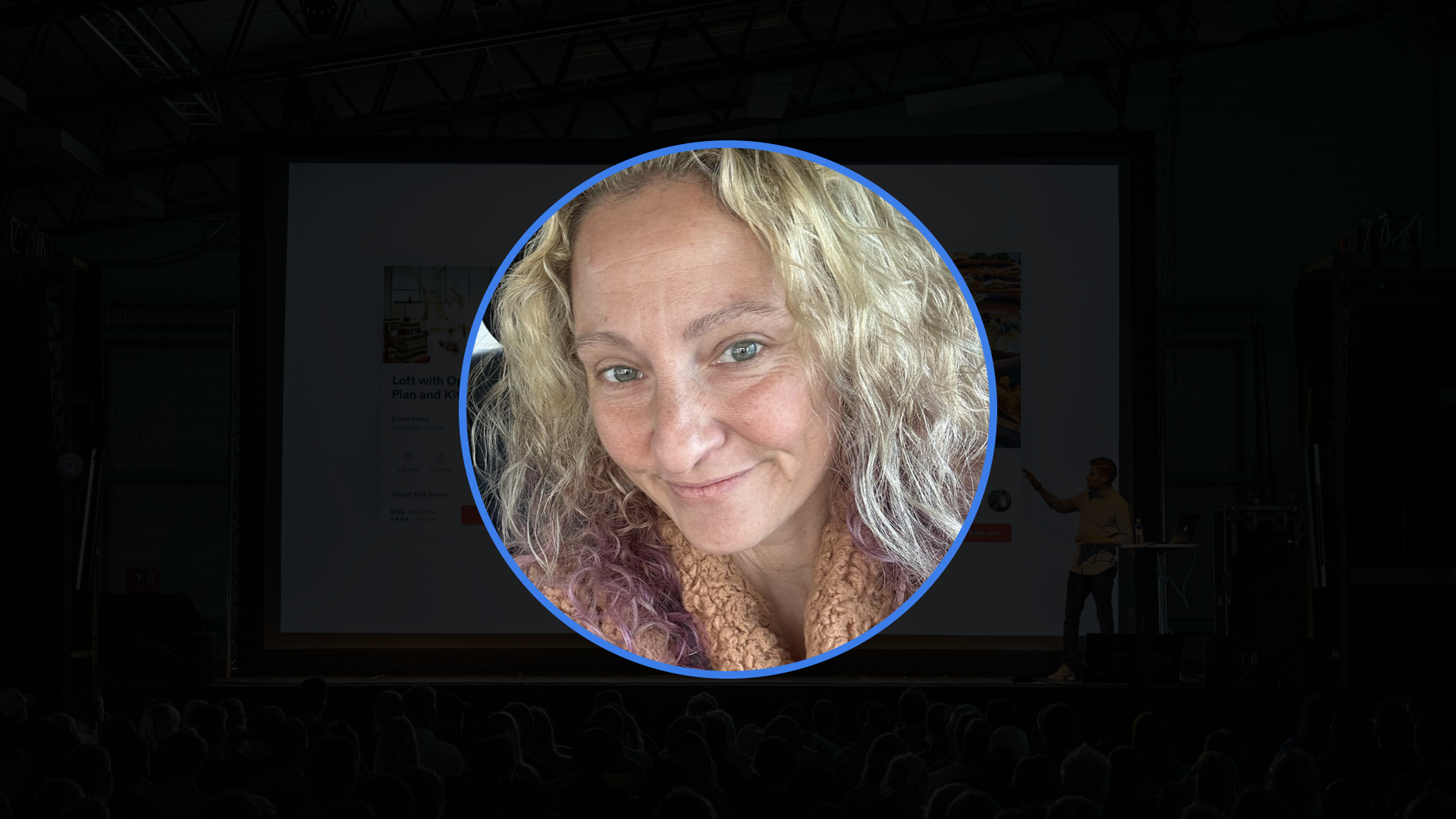
Starr Sackstein
Að kenna ígrundun til að dýpka nám
Í fyrirlestri sínum fer Starr yfir muninn á ígrundun, að hugsa um eigin hugsun og sjálfsmat en það eru ólíkir (en þó tengdir) hlutir. Áður en fyrirlesturinn hefst skaltu hugsa um námsupplifun sem var þér sérstaklega þýðingarmikil eða krefjandi og skrifa hana í ígrundunarbókina. Í fyrirlestrinum segir Starr frá áhrifum og leiðum til ígrundunar og sýnir okkur myndband af nemanda sínum ígrunda á framúrskarandi hátt.
“It is essential that we develop a learning space where failure is positive, as it is a catalyst for growth and change. Students need to recognize that taking a risk and not succeeding does not mean they are failing: It means they need to try another way. After“
— Starr Sackstein
Spurningar og svör frá Sli.Do
Q1: Are we spoon-feeding students too much, so they don't have to think about what they are doing and the purpose behind it (becoming mechanical)? Also, are we giving them enough feedback and thus giving them the opportunity to improve?
A: In my experience, we are spoon-feeding less and opening up more dialogue. We want students to be critical thinkers, so we have to provide opportunities for productive struggle with support. Feedback is a part of that experience. Students should receive feedback almost every day in class—whether it is coming from the teacher or their peers or they are reflecting. Each time they receive feedback during the formative process, they should have time to apply the new feedback and then reflect on their goals and progress.
Q2: What is the best way to train students in reflection?
A: I think the best way to help students is multiple steps. It starts with providing a purpose/ a why for reflection finding a way to help students know why this a skill that will help them - in all aspects of their lives. Additionally, teachers can model the behavior effectively - provide exemplars of what you want them to be doing. Then, the process needs to be scaffolded. The poster below explains how I have scaffolded it for students. As we go through the scaffolding process, I provide a lot of feedback - differentiated feedback that helps them improve for the next reflection. They can also ask questions, see more examples, and keep improving.
Q3: That was well thought out by the girl. She references several points/feedback you had previously given. How do you communicate those points to your students?
A: Students are taught to maintain the feedback they receive verbally and on their learning. They either collect it in a Google Doc or in their notebooks. I provide a template for those who need it. Then, the students set goals based on the feedback and track their progress toward the goals. They also discuss their goals in their reflections, so I’m not tracking their goals - they are tracking themselves and then providing me with the information I need to give them differentiated help based on their goals.
https://www.youtube.com/watch?v=DXZhVxIEz28&t=68s - here’s an example
Hver er Starr Sackstein?
Starr Sackstein er kennari og rithöfundur sem hefur barist fyrir nemendamiðuðu námi, umbótum á mati og tæknisamþættingu. Sem höfundur nokkurra bóka, þar á meðal „Hacking Assessment“, sýnir Starr hagnýtar aðferðir til að búa til nemendadrifnar kennslustofur sem hvetja kennara til að endurhugsa ígrundun, námsmat og hefðbundnar kennsluaðferðir.



